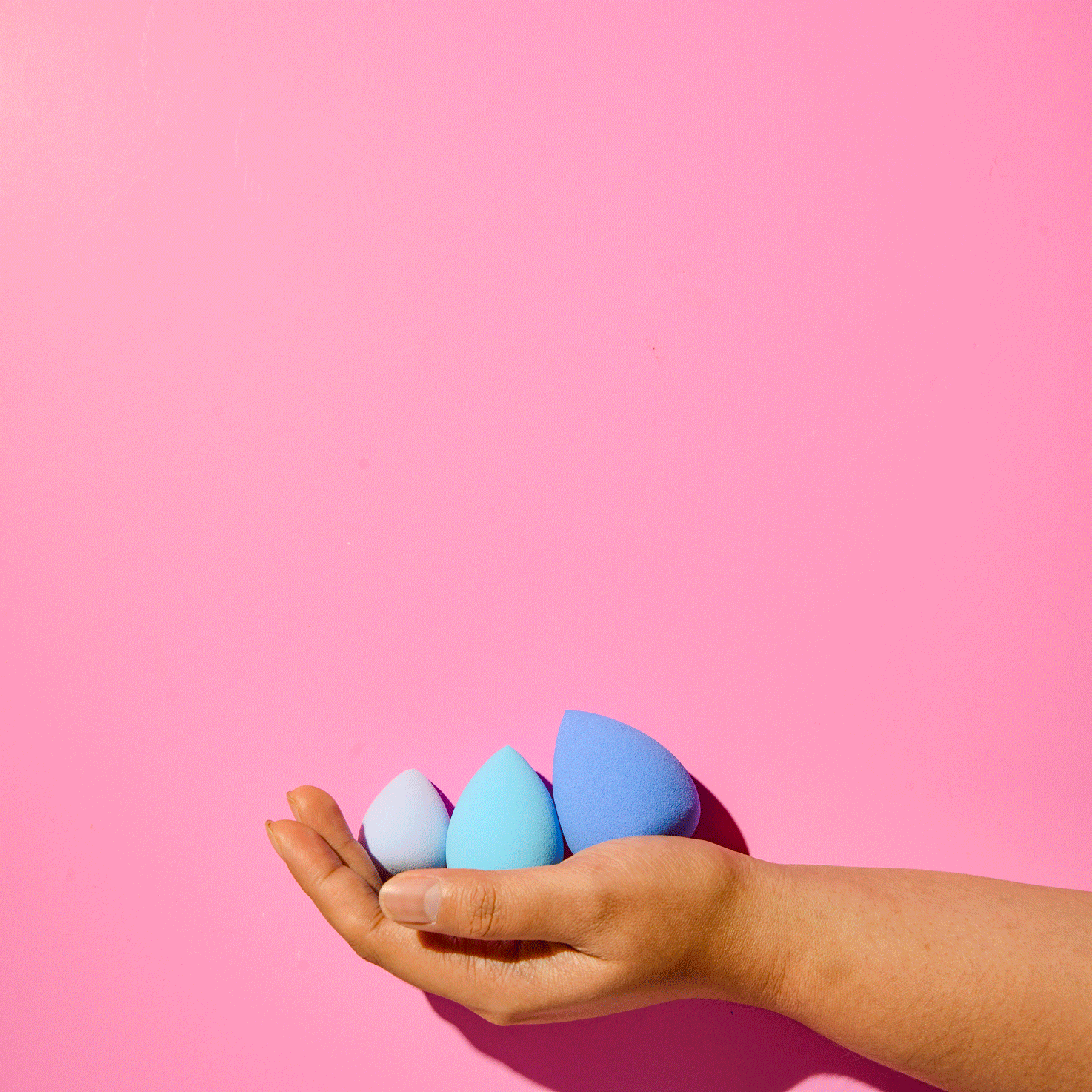If you're a social media content creator, then you know video is king these days. With Youtube, Tiktok, and Instagram constantly pushing new features to grab the audience's attention, you now have plenty of tools to help you promote your content.

But what about the creative side of content creation? With hundreds of thousands of people publishing new posts every day, how do you make sure your work gets noticed? There are tons of creative video ideas you can try out there, but in the past few years, one style has consistently performed better than others: stop motion.
Stop motion animation is such an old medium that it feels a bit paradoxical to see it thrive in the age of social media. But once you examine why it's so popular, it all makes sense. As computer graphics bring everything closer to perfection, stop motion animation offers an alternative that feels delightfully human due to its imperfect qualities.
Whenever we see a stop motion loop on Instagram, we feel this sense of magic that computer-generated graphics can never replicate. Sure, stop motion isn't as smooth as CGI, but the fact that someone made it using their hands with real objects never fails to make us wonder: Just how exactly do they do it?
So how does stop motion work, exactly?
These days, stop motion is so ubiquitous that almost everyone has at least some idea of how stop motion works. But in case you don’t, the flipbook is the best analogy to help you understand the basic principles of animation.

For kids who grew up in the 90s without phones and tablets, creating flipbooks was, in some ways, a right of passage. It involved sketching a series of images on the pages of a notebook and flipping through them quickly to create the illusion of movement.
On a fundamental level, all forms of animation --including stop motion-- follow the same principle used in flipbooks. They're all made up of sequences of images that replicate motion when you "flip" through the frames fast enough.
What’s the difference between stop motion and traditional animation?
Unlike traditional animation which involves drawing characters, stop motion uses real objects to tell a story. It’s such a versatile medium that it’s even divided into several subgenres which we listed below:

Claymation is the most common type of stop motion animation which uses clay puppets.
Puppet Animation involves using a variety of materials for puppets other than clay. The puppets’ components could be made of anything from latex or silicone to plastic or metal. These types of puppets are often used in feature-length movies because they’re more durable than plasticine.
Cut Out Animation uses paper cutouts as characters instead of traditional puppets. Perhaps one of the most well-known examples of this type of animation are Terry Gilliam’s short animated skits for Monty Python.
Lego Animation is perhaps the most popular medium after claymation. Hobbyists favor it because of the level of fun and versatility it offers. Apart from the fact that you can use legos to build sets, you also get to choose from a multitude of posable action figures as characters.
Food Animation uses real food in place of puppets. This type of animation has been around since the inception of cinema. But in the last two decades, the most notable food animations arguably come from the American filmmaker PEZ.
Pixilation is the term used for stop motion animation that involves people. It may include the entire body or just parts such as hands or the head.
Object Animation uses regular objects instead of puppets as the main characters. It’s one of the oldest forms of stop motion animation that even precedes claymation. These days, it’s commonly seen in advertising, especially on TV and social media.
All these subgenres we just mentioned are perfect for animating products. But remember that no matter which style you choose for product animation, you can achieve the same results using the same process: You move an object a little bit, take a picture, and move it again until you complete a cycle of movement. Easy, right?
So why should you try doing stop motion as a content creator?
Almost everyone can shoot videos, but creating stop motion requires a bit more skill and patience. Because it has a steeper learning curve than straight video, there is significantly a lesser number of people who are willing or are able to do it. But if you only take the time the craft, that also means you already have an advantage over your competition.

So what's the bottom line, then? As a content creator, it's you're duty to give your audience what they want. And since people can never get enough of stop motion on social media, it only makes sense if you start including it in your services.
We offer bite-sized lessons every month that will allow you to learn not just the technical side of stop motion but to also explore all its creative possibilities. For our first set of tutorials, you'll learn how to:
Create stop motion with your phone.
Learn five eye-catching ways to animate.
Edit stop motion using Photoshop and Premiere.
Acquire the essential tools for stop motion animation.
Get familiar with Dragonframe animation software.
Study the professional stop motion process from start to finish.
Uncover the secrets to making objects float.
Are you excited to learn more about stop motion animation? Be part of our creative club and get access to more exclusive content!